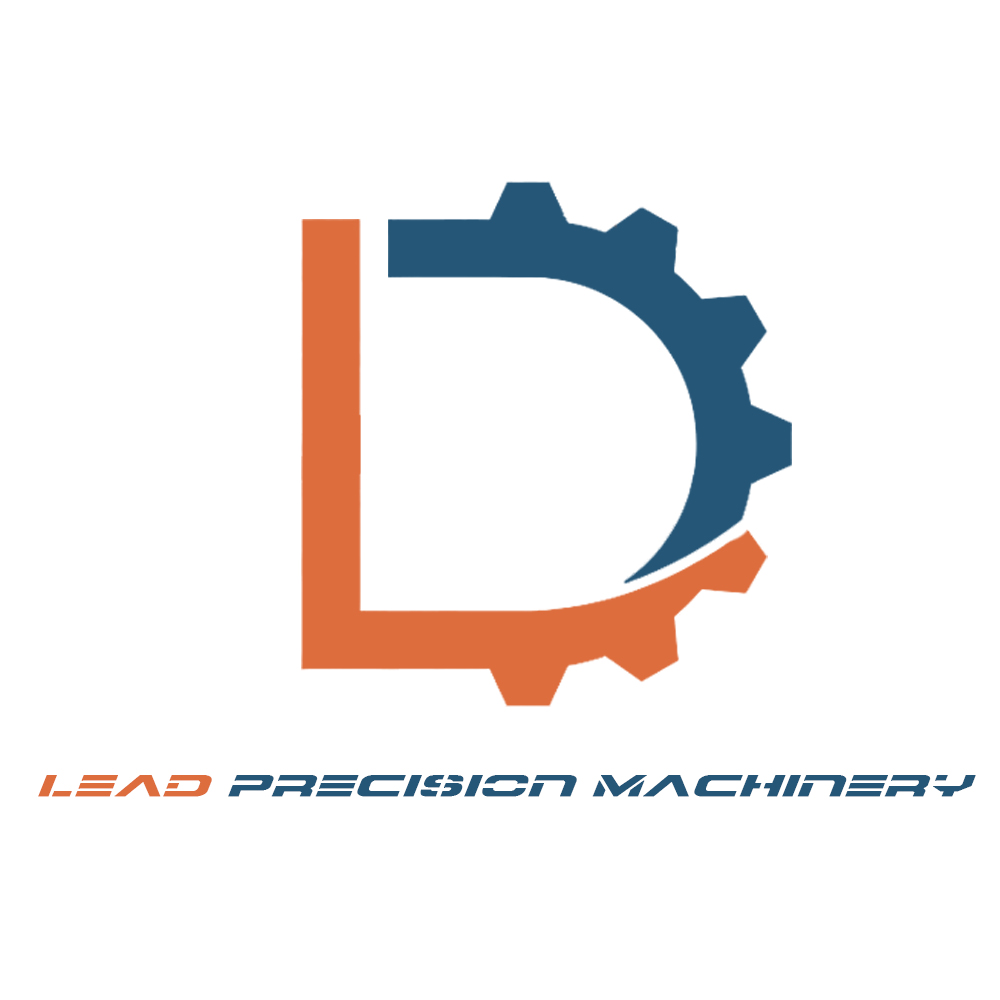CNC Machining Costs in China
Introduction: China’s rapid industrialization and emphasis on manufacturing have made it a dominant player in the CNC machining market. The nation’s vast resources, skilled labor force, and government policies have contributed to its competitive pricing in the global market.
Material Costs:
- Raw Materials: China’s vast mineral resources and efficient supply chains often mean lower prices for raw materials. The nation’s ability to produce and source materials like steel, aluminum, and titanium locally reduces costs.
- Imported Materials: For specialized materials not available domestically, China has established trade relationships that ensure competitive pricing, although this might slightly increase the cost.
Labor Costs:
- Skilled Labor: The abundance of technical schools and training programs has produced a large pool of skilled CNC operators in China. While their wages have been rising, they remain lower than their Western counterparts, averaging around $4 per hour.
- Indirect Labor: Support staff, including quality control, logistics, and management, come in at approximately $4.20 per hour.
Equipment and Depreciation:
- Local Equipment: China has numerous CNC machine manufacturers that produce quality machines at a fraction of the cost of Western brands. This local production significantly reduces equipment costs.
- Imported Equipment: High-end CNC machines imported from countries like Germany or Japan are more expensive but are often used for precision tasks.
Other Costs:
- Operational Costs: These include utilities, facility rents, and maintenance. Given China’s infrastructure and lower utility costs, these remain competitive.
- Shipping and Logistics: For international clients, shipping can be a significant cost. Factors include the shipping method (air, sea, rail), distance, and import/export duties.

CNC Machining Costs in the USA
Introduction: The USA’s CNC machining landscape is characterized by high-tech equipment, skilled labor, and stringent quality standards. The nation’s historical emphasis on innovation and quality has positioned it as a leader in precision CNC tasks.
Material Costs:
- Raw Materials: The USA, while having access to raw materials, often has higher costs due to stringent mining regulations and environmental considerations.
- Imported Materials: Importing specialized materials can further increase costs due to tariffs and trade policies.
Labor Costs:
- Skilled Labor: The USA prides itself on a highly skilled workforce. However, this comes at a premium, with CNC operators earning around $26.12 per hour on average.
- Indirect Labor: Support roles in the USA also command higher wages, averaging $26.33 per hour.
Equipment and Maintenance:
- Local Equipment: American-made CNC machines are known for their quality and precision but come at a higher cost.
- Imported Equipment: While the USA imports machines, the emphasis is often on quality over cost, leading to higher expenses.
Other Costs:
- Operational Costs: Facility rents, especially in industrial hubs, can be high. Utility costs, maintenance, and regulatory compliance further add to the operational expenses.
China vs. USA Cost Comparison
| Cost Component | China (Average Cost in $) | USA (Average Cost in $) |
|---|---|---|
| Raw Material | $ (Variable) | $ (Variable) |
| Imported Material | $ (Variable) | $ (Variable) |
| Skilled Labor | $4/hr | $26.12/hr |
| Indirect Labor | $4.20/hr | $26.33/hr |
| Local Equipment | $10/hr (avg.) | $85/hr (avg.) |
| Imported Equipment | $15/hr (avg.) | $110/hr (avg.) |
| Operational Costs | $ (Variable) | $ (Variable) |
| Shipping & Logistics | $ (Variable) | N/A |
Conclusion: While China offers competitive CNC machining costs, especially in labor and materials, the USA excels in precision and quality. Businesses must weigh these factors, considering both cost and quality, when deciding on sourcing strategies.
Contact whatsapp +86 15951276160 get more info about your cnc price
Tips To Reduce The Cost Of CNC Machined Parts
- Simplify Design:
- Reduce complex geometries and tight tolerances unless necessary. Simplified designs often lead to faster machining times and fewer tool changes, reducing costs.
- Material Selection:
- Choose cost-effective materials that meet the requirements of the project. Sometimes, a less expensive material can serve the purpose just as effectively.
- Bulk Ordering:
- Ordering parts in larger quantities can often lead to volume discounts. It also allows for more efficient material utilization and reduced setup times.
- Optimize Tool Paths:
- Using software to optimize tool paths can reduce machining time and wear on tools.
- Reduce Secondary Processes:
- Minimize post-machining processes like polishing, painting, or anodizing unless essential.
- Standardize Components:
- Whenever possible, use standard sizes and components. Custom components can add to the cost.
- Review Tolerances:
- Only specify tight tolerances for critical features. Over-specifying can lead to increased costs without adding value.
- Leverage Technology:
- Use modern software to simulate the machining process. This can help identify potential issues before actual machining, reducing waste and rework.
- Maintain Equipment:
- Regular maintenance of CNC machines ensures they operate at peak efficiency, reducing downtime and costly repairs.
- Choose the Right Manufacturer:
- Partner with a manufacturer who has the expertise, equipment, and processes that align with your project needs. They can often provide insights and suggestions to reduce costs.
- Feedback Loop:
- Establish a feedback loop with your manufacturer. Regular communication can lead to suggestions for improvements and cost savings.
- Avoid Rush Orders:
- Rush orders can lead to premium charges. Plan ahead to avoid last-minute rush fees.
- Reuse and Recycle:
- Whenever possible, reuse fixtures and jigs for multiple projects. Additionally, recycle scrap material.
- Consolidate Operations:
- If a part requires multiple CNC operations, try to consolidate them. This reduces machine setup times and potential errors.
- Evaluate Prototyping Methods:
- For prototypes, consider using methods like 3D printing, which might be more cost-effective than CNC machining for small quantities.
By implementing these tips, businesses can significantly reduce the costs associated with CNC machined parts without compromising on quality.
Contact whatsapp +86 15951276160 get more info about your cnc price
resources:
How Much Does it Cost to CNC Aluminum? USA Vs China Vs Other Countries
https://www.amcomanufacturing.com/hourly-rate
https://zhuanlan.zhihu.com/p/389586011
https://www.sohu.com/a/591407802_121123757

